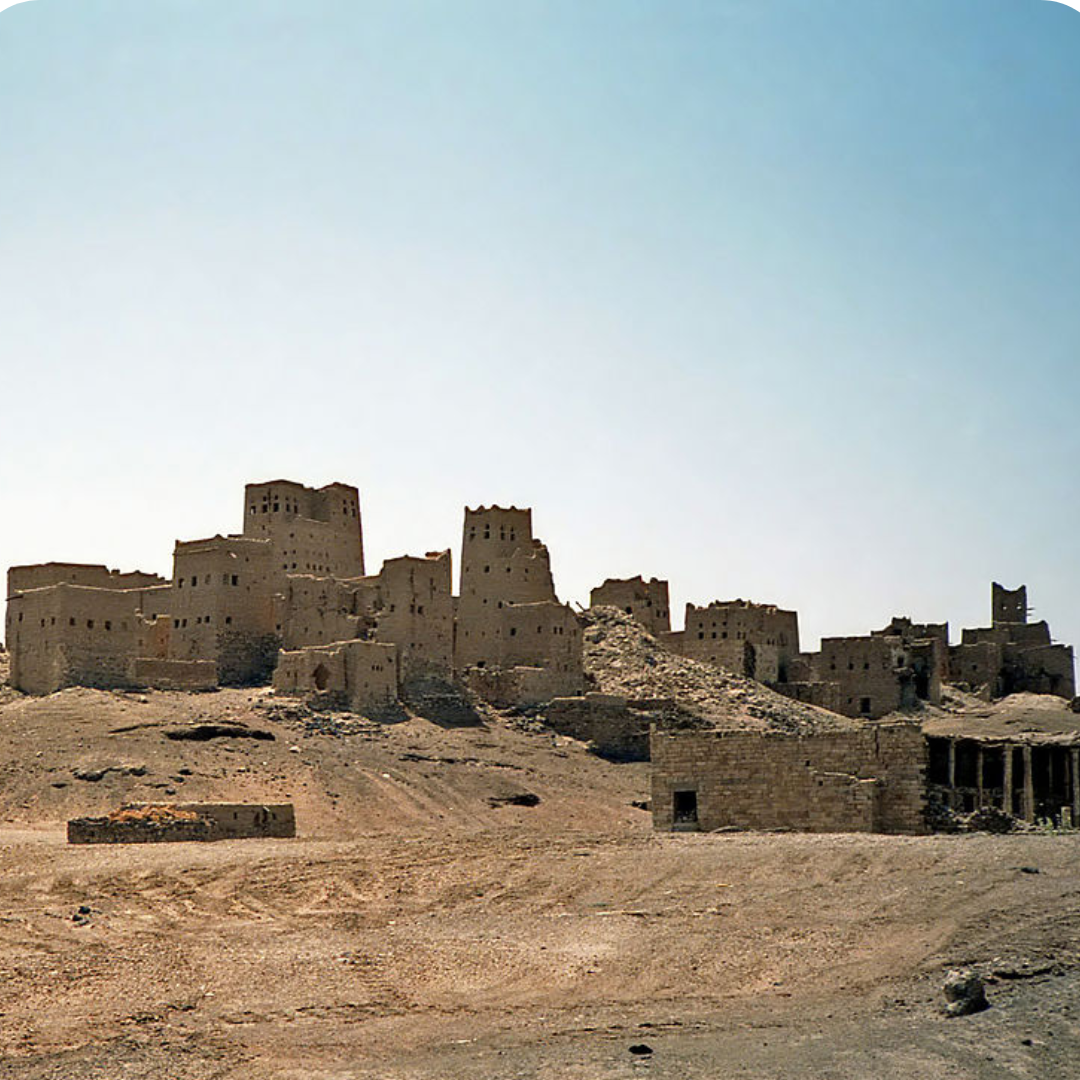
SABAEAN
Referenced by the Torah, Bible, Quran, and other religious texts, the Sabaean people formed a very powerful kingdom in Southern Arabia near what is now considered modern-day Yemen. Revered for its immense wealth, many people considered the land within the Sabaean Kingdom to “be blessed by gods”. However, economic decline combined with relentless attacks from enemy kingdoms, especially the Minaeans, brought doom to this once flourishing kingdom. Consequently, the history and culture of this mighty civilization became fragmented and obscured. The establishment of the Sabaean Kingdom is disputed between 1200 and 800 BCE, but it is widely accepted that the kingdom fell in 275 BCE.
Links
* The image for Sabaean 101 comes from this link: Sabaean
[I] taking control of the Incense Route
[ii] 7th century BCE under Karib’il Watar I
[iii] Najrān
[iv] Bāb al-Mandab
[v] Incense Route
[vi] Ptolemaic Dynasty’s
[vii] by water over land
[viii] Himyarites
[ix] participated in skirmishes and caravan attacks
[x] Qataban
[xi] style caused it to become a fierce rival
[xii] Hadhramaut Kingdom’s
[xiii] Saba and Hadhramaut were continuously at war
[xiv] conquered Saba around 280 CE
[xv] utilize a script derived from the Sabaeans
[xvi] mukarrib
[xvii] commissioning impressive constructions and leading wars
[xviii] high priest
[xix] a legislature of representatives and council members
[xx] shared the king’s right to build castles
[xxi] 14 centuries
[xxii] became the controlling power of all Southern Arabia in the 3rd century
[xxiii] “green country” by numerous ancient historians
[xxiv] These tall structures are still standing in Anbar and Shibam today
[xxv] Incense Route
[xxvi] numerous other luxury goods
By Eunsoo Kang
